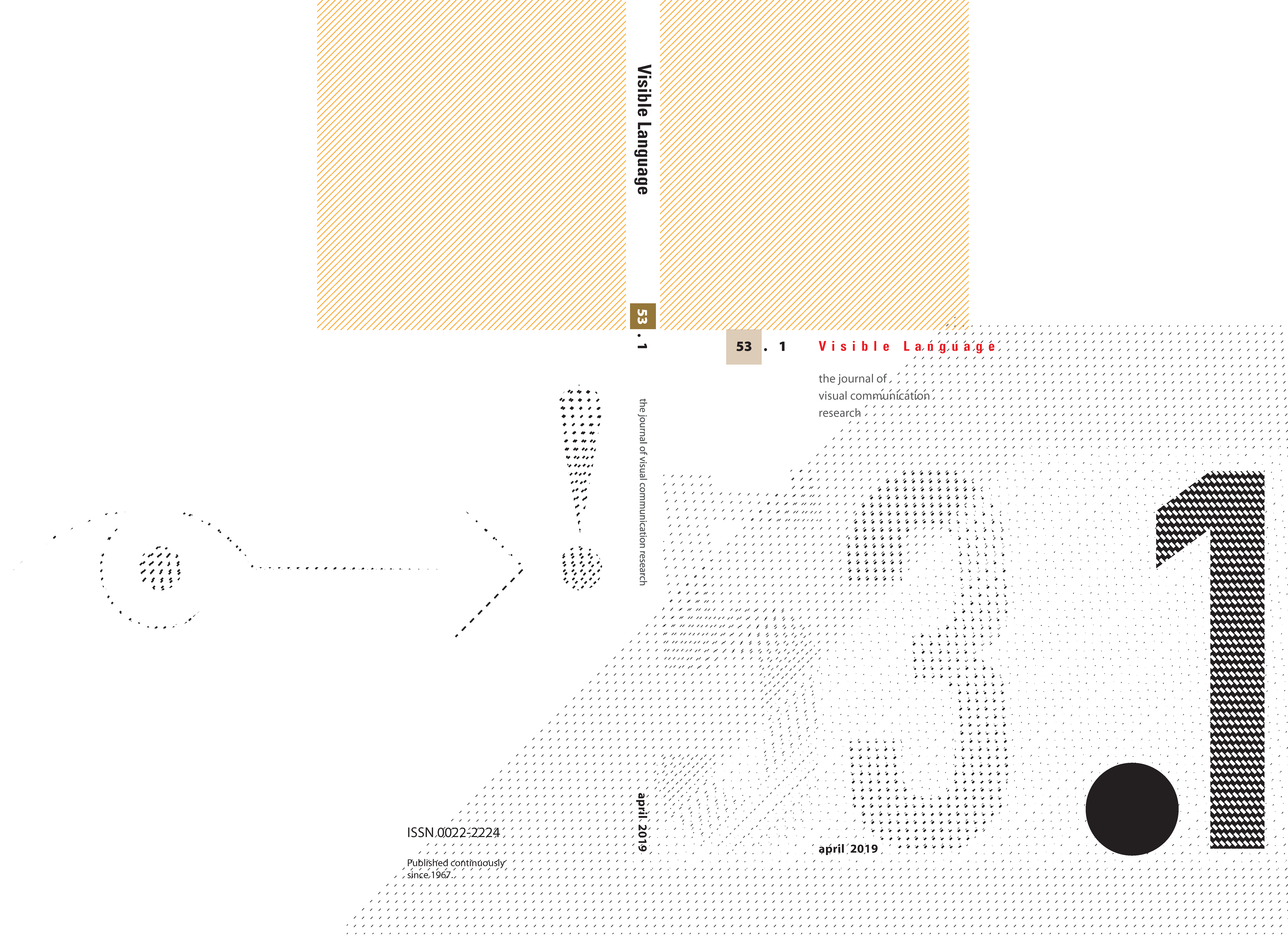Mana mātātuhi
A survey of Maori engagement with the written and printed word during the 19th century
DOI:
https://doi.org/10.34314/vl.v53i1.4624Keywords:
Written Language, Language, Calligraphy, Graphic Arts, Research Methodology, Writing, Visual Communication, 19th Century, Printed Materials, Cultural Change, Polynesian Languages, Communication, Native Schools, Cultural History, Visual Literacy, New ZealandAbstract
This article follows the growth of written communication by Aotearoa New Zealand's indigenous Maori. The research focuses on nineteenth century developments, linking four significant areas of Maori writing--tuhi rerehua (calligraphy), tuhi motumotu (printing), tuhi waitohu (lettering), and tatai kupu toi (typography)--into a continuous whakapapa (genealogy) of what might be described as hoahoa whakairoiro Maori. Through a number of fascinating case studies, the research sheds light on the distinctive history of Maori lettering and typography. While some of these subjects have been explored separately within the literature of Maori cultural history, none have connected these practices into a definitive Maori tradition of creating and using letterforms for the purpose of visual communication. Importantly, this work also introduces a number of new kupu Maori relating to Maori visual communication design. For the indigenous Māori of Aotearoa New Zealand, written language remains a relatively new method for communicating and storing information.

